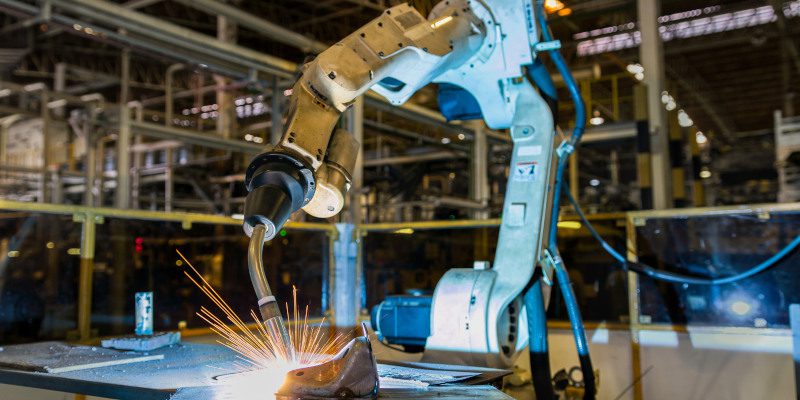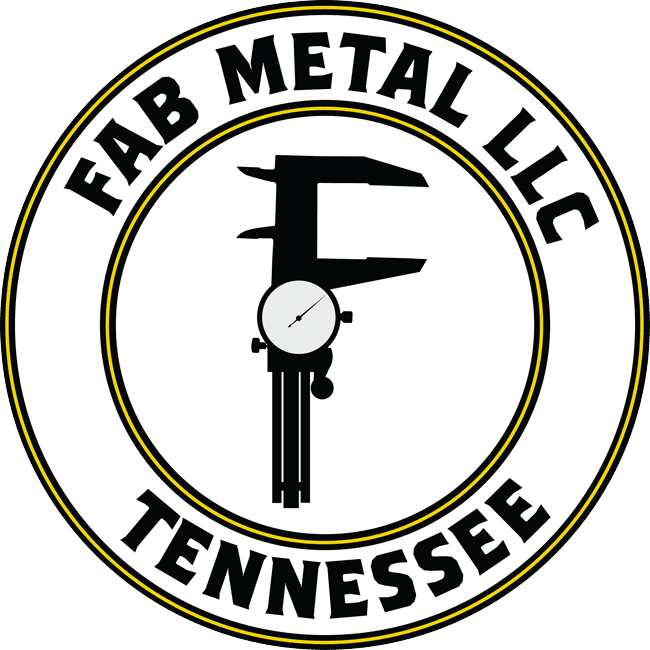We offer robotic welding for production parts, fixtures, and assemblies.
Precision, repeatability, and speed for OEM and contract manufacturing programs. At Fab Metal, our robotic welding cells deliver consistent weld quality across high-mix and high-volume runs with predictable lead times.

What We Do
Robotic MIG and TIG welding for steel, stainless steel, and aluminum components.
- Typical parts include brackets, frames, enclosures, carts, machinery sub-assemblies, and rail or industrial components.
- Our robotic welding capabilities cover prototype prove-out, PPAP/FAI, and long-term repeat production.
- Every part benefits from fixture-based welding with automated torch paths and monitored parameters.
- Our in-process checks, weld parameter recording, and final inspection ensure the work meets your exact specifications.
Our robotic welding cells produce consistent quality at scale.
- We produce identical welds that are achieved run after run and shift after shift, which ensures that every part meets the same high standard of accuracy.
- By controlling heat input and maintaining a repeatable travel speed, we lower defect rates and reduce the likelihood of rework.
Lead times are predictable because:
- Our quick-change fixtures and pre-programmed paths make changeovers fast and efficient.
- This efficiency directly contributes to cost savings, with reduced labor variation and minimized waste over the course of long production runs.
We also place a strong emphasis on traceability.
- Weld settings, lot control, and inspection reports are documented for every order, giving you complete visibility into the process from start to finish.
Contact Fab Metal LLC Today!
Common robotic welding FAQ
Hidden
What parts are best for robotic welding?
Parts with consistent joint geometry, such as frames, brackets, machine bases, carts, and enclosure weldments.
Can you help adapt my design for robotic welding?
Yes. We review joint access, part location features, and fixture points to improve weld quality and reduce cycle time.
Do you run small batches?
We can run prototypes to prove out fixtures and torch paths, then scale the process to repeat production.
At Fab Metal LLC, we are proud to serve OEMs, prime contractors, and industrial manufacturers nationwide with products proudly fabbed in the USA, and we provide robotic welding services for customers throughout Tennessee, including Powell, Knoxville, Clinton, Nashville, and Chattanooga; North Carolina, including Charlotte, Asheville, Raleigh, Greensboro, Winston-Salem, and Mooresville; South Carolina, including Greenville; Alabama, including Huntsville; Georgia, including Atlanta; Kentucky, including Lexington and Louisville; Missouri, including St. Louis; and Illinois, including Chicago and surrounding areas.

